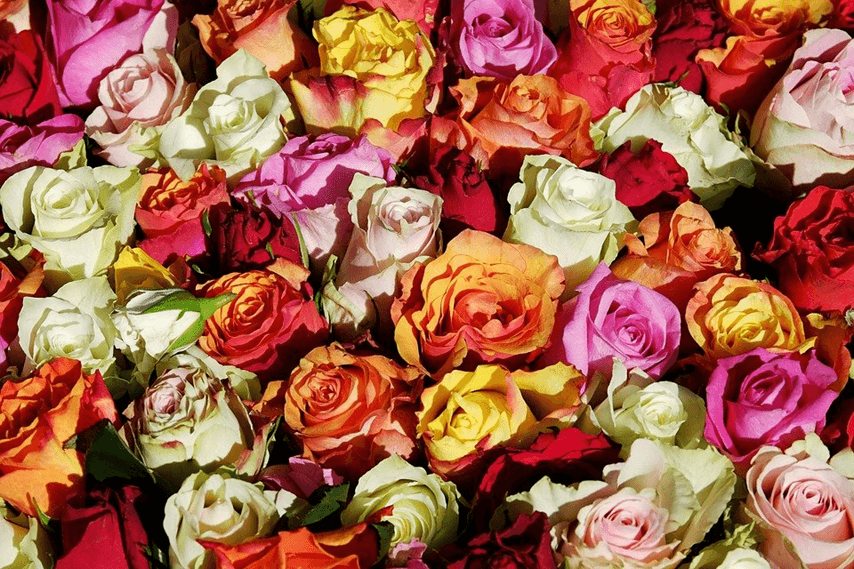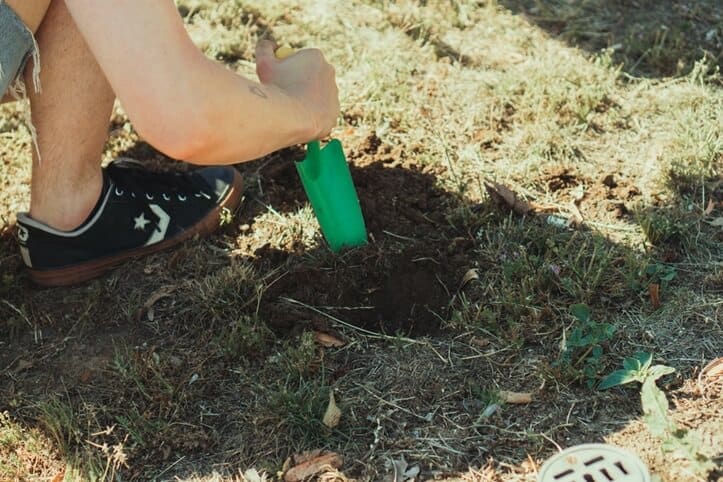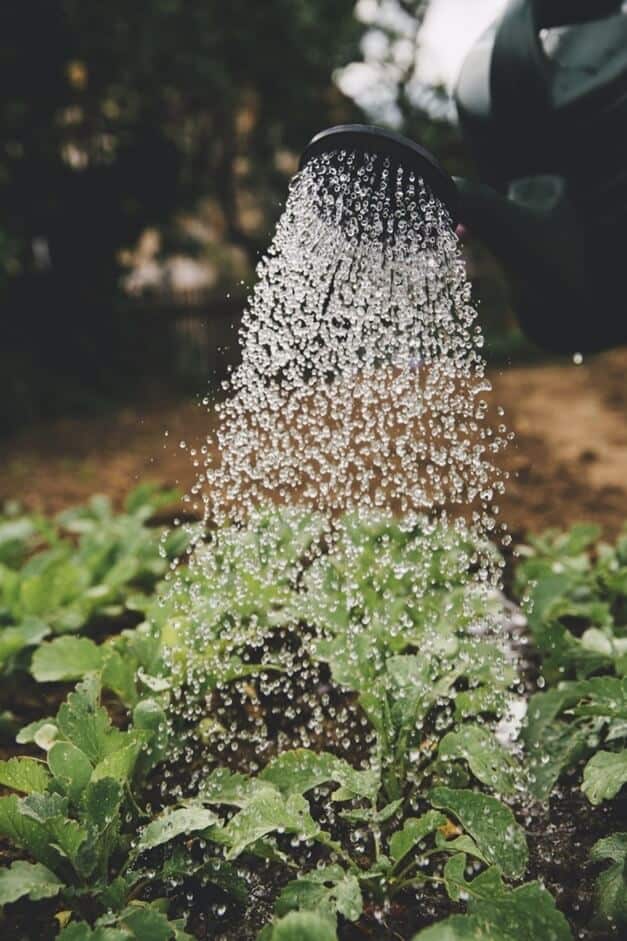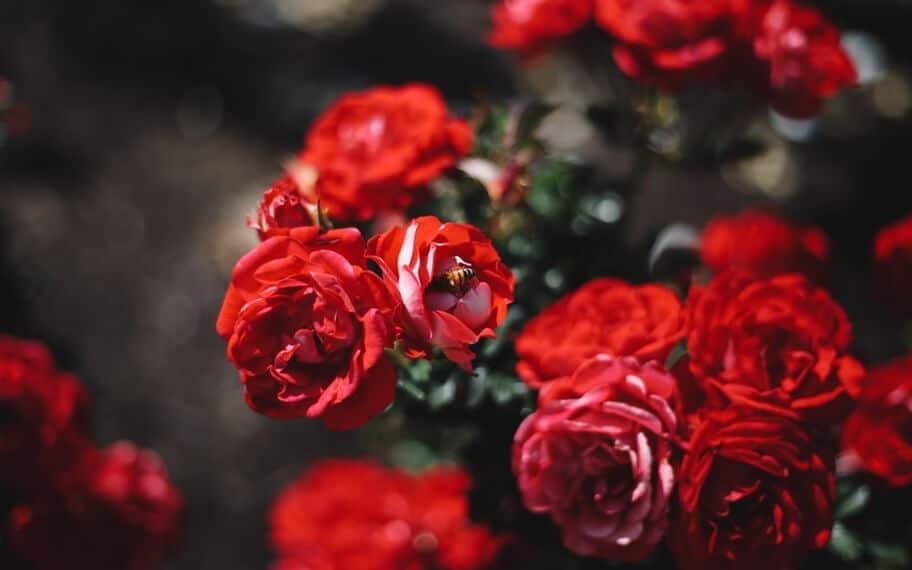Last Updated on January 16, 2023 by a Friendly Gardener
Rose Gardening: Master How to Grow Roses as a Beginner
While there are countless dazzling varieties of flowers – some with unbelievably unique elements – there is nothing that beats the popularity and the timeless beauty of a classic rose. Roses remain among the most revered flowering shrubs. If you are an admirer and have occasionally wondered how to grow roses in your own garden, the good news is that the process is not as daunting as it may be perceived! With the right process, care and dedication, anyone can go from a rose aficionado to a successful and skilled rose gardener!

Here are the most essential factors to keep in mind as you set out to fill your backyard with roses.
Choose the Roses You Want
There are endless colors and varieties when it comes to roses. Miniature, Multiflora, French Rose, Charles de Mills – these are just a few of the hundreds of varieties seen worldwide. You may be tempted to start a garden with numerous types and colors, but as you are just learning how to grow roses, it would be wiser to skip the impulse purchases and instead choose a few varieties to start with and move on to more once you perfect the more common ones. If you are looking for fail-safe shrubs for your first attempt, we recommend landscape roses.
Be sure to ask your local nursery about shrubs that do particularly well in your region and climate, and do your research on the specific soil preparation and plantation required for your chosen shrubs. While making your purchase, don’t forget to check the quality on the tag; the best plants will be labeled ‘Grade 1’, which indicates that they have stronger roots and healthier canes. While these may be more expensive than other qualities, remember that cheaper qualities will also require more tending to.
Buy the Roots

You can purchase your favorite roses in two root forms: potted and bare-root.
Potted or container roses are often the best choice for beginners since they are already planted in soil and are easy to transfer to your garden, or even tend to in a pot. They are also more easily available, and are can likely be found at your nearest nursery during the rose-growing season. Bare-root roses, on the other hand, need a little more taking care of. However, this isn’t to say that you should not opt for them if you are a novice! Bare roots are often preferred by professional gardeners since they come in more varieties and are also more economical. If you choose these, be sure to soak the roots in water overnight before you plant them. They will also need more moisture in the first few months.
Pick Your Plantation Site

It is important to pick the right spot in your garden, so as to ensure the growth of healthy and long-lasting blooms. While the requirements vary according to different types, roses generally need at least 6 hours of sunlight daily. While some varieties may grow well in partially shaded areas, most do well if they are in the sun all day long. Here are a few other things to help you decide where to plant:
- Choose a patch of soil that is well-drained; the roots will rot in wet soil.
- Roses are not majorly affected by the type of soil, organic matter is advisable.
- For hot climates, choose an area that is protected from sunlight in the hottest afternoon hours.
- For colder climates, plant near a south or west-facing wall, so as to prevent winter damage.
- Do not plant roses under trees.
- The site should be protected from strong winds.
Moreover, make sure you do not plant your bushes too close together; crowding will block the healthy airflow that your plants need to stay free of fungus and mildew. Ideally, leave 3 feet between your rose bush and other plants. This will also ensure each plant or tree gets its own nutrients.
Plant at the Right Time
Potted rose bushes allow for more varied plantation times. For the ideal results, plant your roses in the spring, right after the last frost. You can also plant in the fall, 1-2 months before the first frost. This early plantation allows your roots to strengthen. If you are opting for bare-root roses, these are likely to be available in early spring only.
The Plantation Process
Now that we’ve considered all the important factors, let’s get to the exciting plantation process itself!
Here is everything you will need:
- Shovel
- Gardening gloves
- Superphosphate
- Rose fertilizer
- Mulch
- Your brand new rose plant!
Follow these steps to grow your shrub into the beautiful blooms you’ve imagined in your yard:

- Dig a hole about 15 inches deep and 20 inches wide, or just deep and wide enough for the root ball.
- Mix compost or organic matter, if needed, with the removed soil. Keep it aside for filling into the hole.
- For a potted rose, remove it from the container and use your hands to slightly separate the roots. For a bare-root shrub, soak them in water overnight before plantation and make sure you cut off broken or rotten roots.
- For a potted rose: Place the root ball into the hole you’ve dug. Fill the hole alternatively with soil and fertilizer, and water it, while gently tapping, to help it settle in place.
For bare root roses: Use some soil mixed with superphosphate. Put it back in the hole, and then spread the roots on the new soil mound. Fill it with more soil while making sure the roots are spread out. Generously water your new planted roots and add 1 to 2 inches of mulch. - Make sure the crown of your plant is on the ground level in a normal climate, and 3 inches below the ground if you live in a cold climate.
Continue to water the soil every other day. It is ideal to use a soaker hose for your roses. After new growth sprouts, spread out the watering process to every other week. Start feeding fertilizer every 5-6 weeks, once new leaves begin to spring! Hold back on the fertilizer for six weeks because of the first frost, but continue to water.

You will soon see your shrub turn into the beautiful roses you envisioned. If you’ve been trying to figure out how to grow roses, you will realize that the process is actually very simple with just a little effort and attention!

